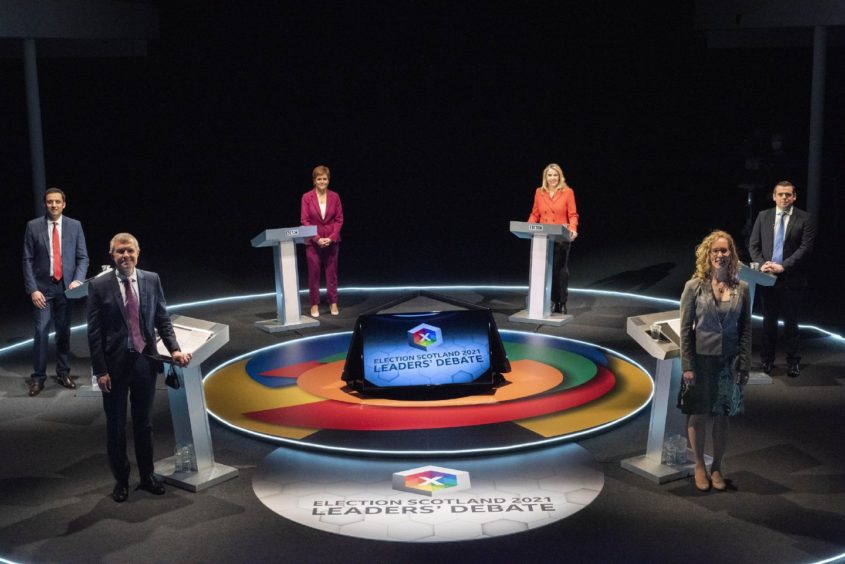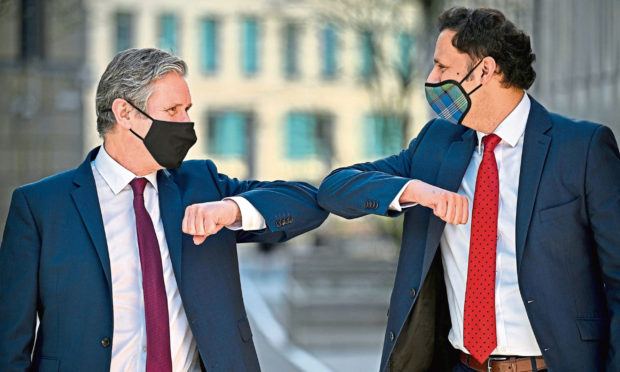It is 12 months since Keir Starmer took over as Labour leader and, according to the traditional “one year on” analyses, things are not going well.
In part, this is down to bad luck. Starmer has fronted the opposition at a time when that job has been particularly powerless. The Covid pandemic has swept all before it, requiring huge government intervention, confining us to our homes and closing workplaces. It has been an unprecedented experience, and one in which the opposition parties have often seemed little more than a rowing boat next to an oil tanker.
Nevertheless, his critics say Starmer has played a tricky hand badly – too cautious, too measured, not angry enough. The polls offer no succour. His personal approval ratings had plummeted from +31 last June to -9 by March. The Tories continue to enjoy a lead of somewhere around 10 percentage points.
Given the next general election is three years away, there is time for all this to turn around, for the sheen of the successful vaccination programme to wear off and for the negative consequences of Brexit to make themselves felt. And, of course, for Boris Johnson to implode.
More from Chris Deerin
- Scottish voters have their say on May 6, but will Nicola Sturgeon like what she hears?
- Please, people of the north-east, do Scotland a favour and refuse to resurrect the whiffy corpse of Alex Salmond’s career
- There is a certain type of individual who should never be allowed power
But still, Starmer’s approach is being judged ineffective by those who think the Labour leader should approach the Government in much the way Roy Keane used to approach the other team’s midfielders. After all, as a political strategist friend of mine likes to put it, politics is a contact sport. If you don’t do it to the other side, they’ll do it to you. You must seize on every mistake, magnify every weakness, demand resignations and apologies at every turn. Forget perspective, forget maturity – it’s kill or be killed.
It is possible, though, to look at Starmer and see something different – to see him as the representative of a better politics that is trying to be born. After nearly a decade of push-button hysteria, of populists playing the race card and the sovereignty card and trying to kindle a culture war beneath our feet, of the othering of anyone who doesn’t belong to your own narrow sect, the Labour leader is attempting to reassert the values of integrity, consideration and authenticity. If every action has a reaction, he is the anti-populist, offering a return to simple, grown-up decency.

He’s not the only one, either. Anas Sarwar’s refusal to roll in the dirt at the first of the televised leaders’ debates was striking. He was critical of the SNP government’s performance in certain policy areas, but also praised Nicola Sturgeon’s leadership through the pandemic. When I interviewed him recently for my think tank Reform Scotland, the new Scottish Labour leader maintained a similar tone. “I honestly think that we cannot come through Covid and go back to politicians just fighting with each other,” he said.
Sarwar also denied himself the easy option of taking a swipe over the Alex Salmond affair: “This was a very close political relationship – probably the closest political relationship we’ve had in Scotland for the last 20 years – and I wouldn’t wish that kind of breakdown and all the consequences of it on anyone. That’s not who I am as a human being.”
That’s got to be right, hasn’t it? In all our disputes, as wildly as we disagree on certain subjects, there has to be room for fellow-feeling. It is the dehumanisation we see daily on social media that is the aberration, and we have allowed the extremes – often people who are temperamentally unbalanced and who you’d cross the street to avoid – to direct the tone and narrative of our politics.
…they are decent people who are trapped in a sewer patrolled by rats.”
This zero-sum game might serve the winner well, up to a point, but it is a cancer in our society. It stops vital reforms to, say, schools or the NHS, because any attempt at change is immediately and feverishly denounced by the other parties. It puts good people off going into politics, especially women, because they see it, fairly, as an arena of abuse and hate. And it plays into the hands of those whose strategy is to manipulate, obfuscate and cheat.
There is another way. I look at Joe Biden and I see behavioural values that chime with me. I see the same in Sarwar and Starmer, and in fact I see the same in Sturgeon – they are decent people who are trapped in a sewer patrolled by rats. None of them is comfortable with the bad faith and the rotten rhetoric, but too often this forms the criteria by which each is judged.
Starmer, Sarwar and the rest should stick to their ethical guns, and we must give them the time and space to do so. If we don’t it may say more about us than it does about them.
